Full text
PDF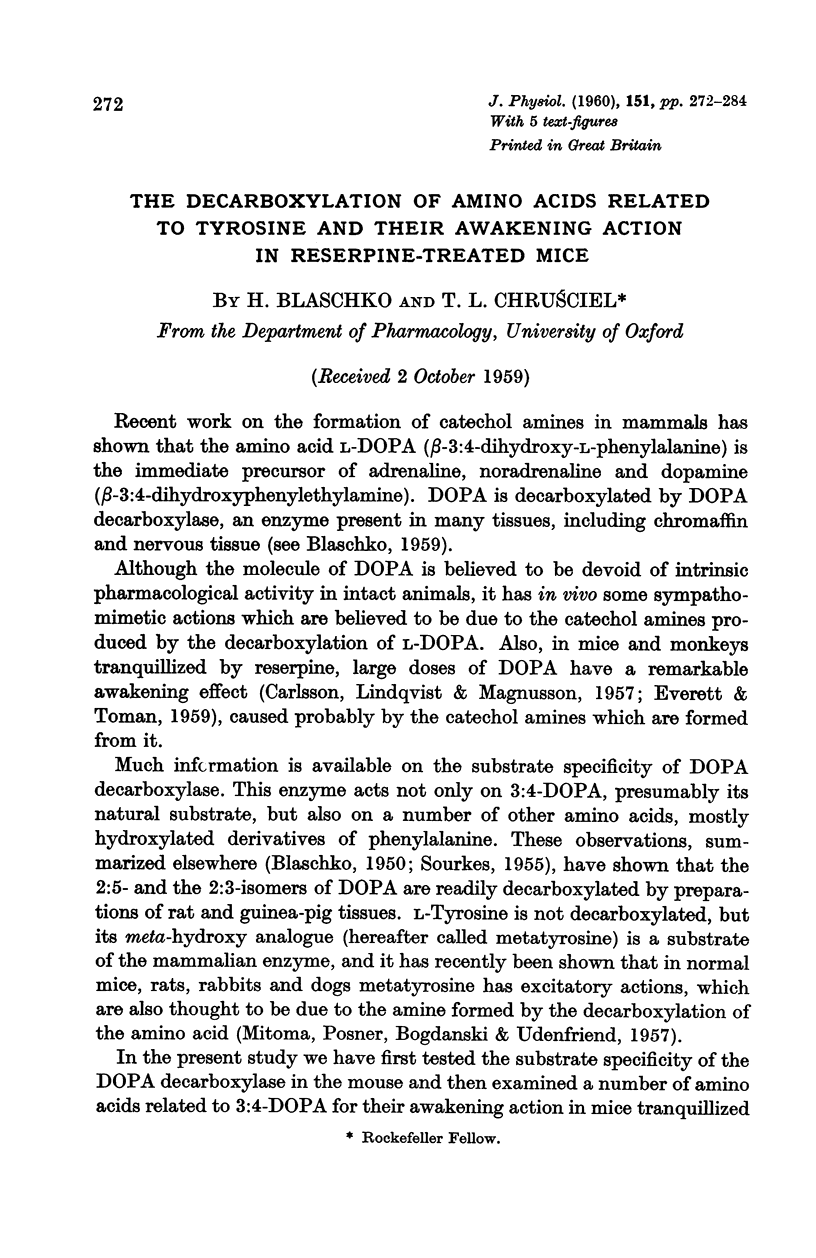

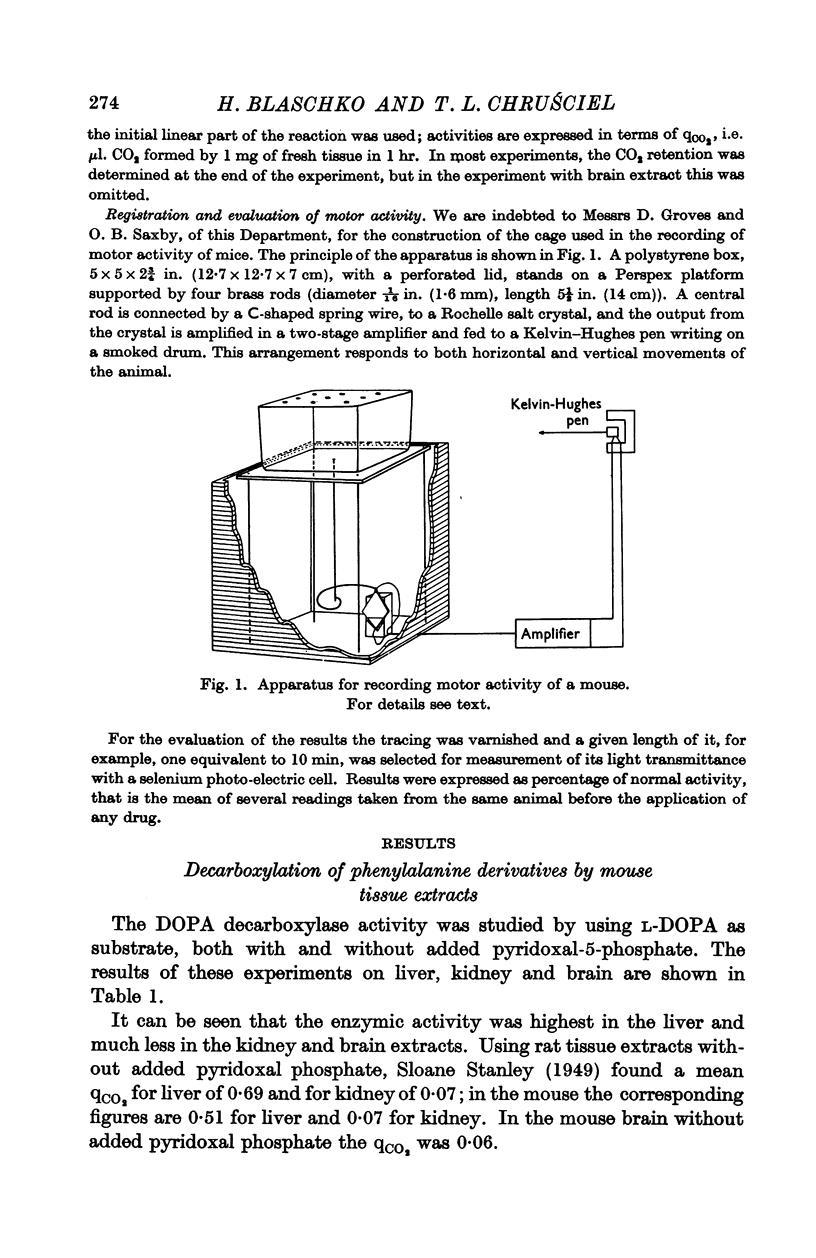


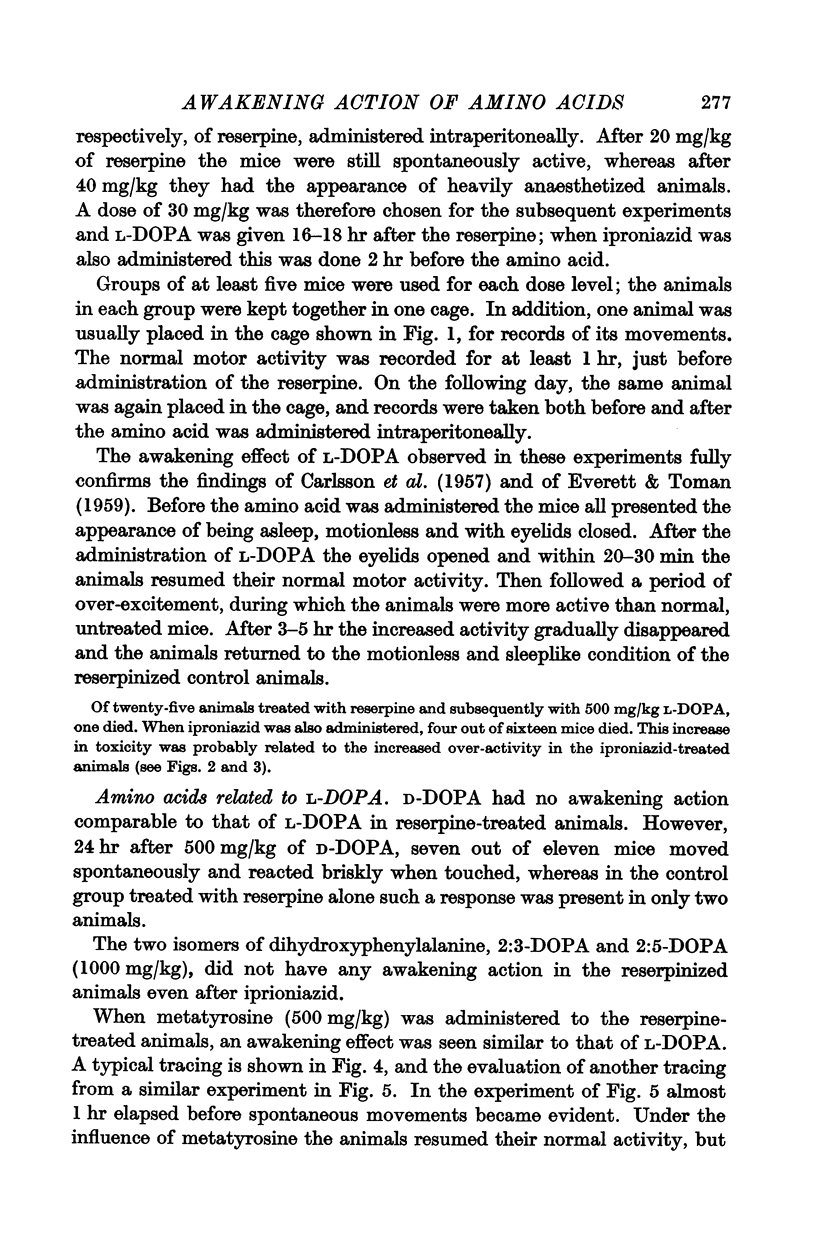
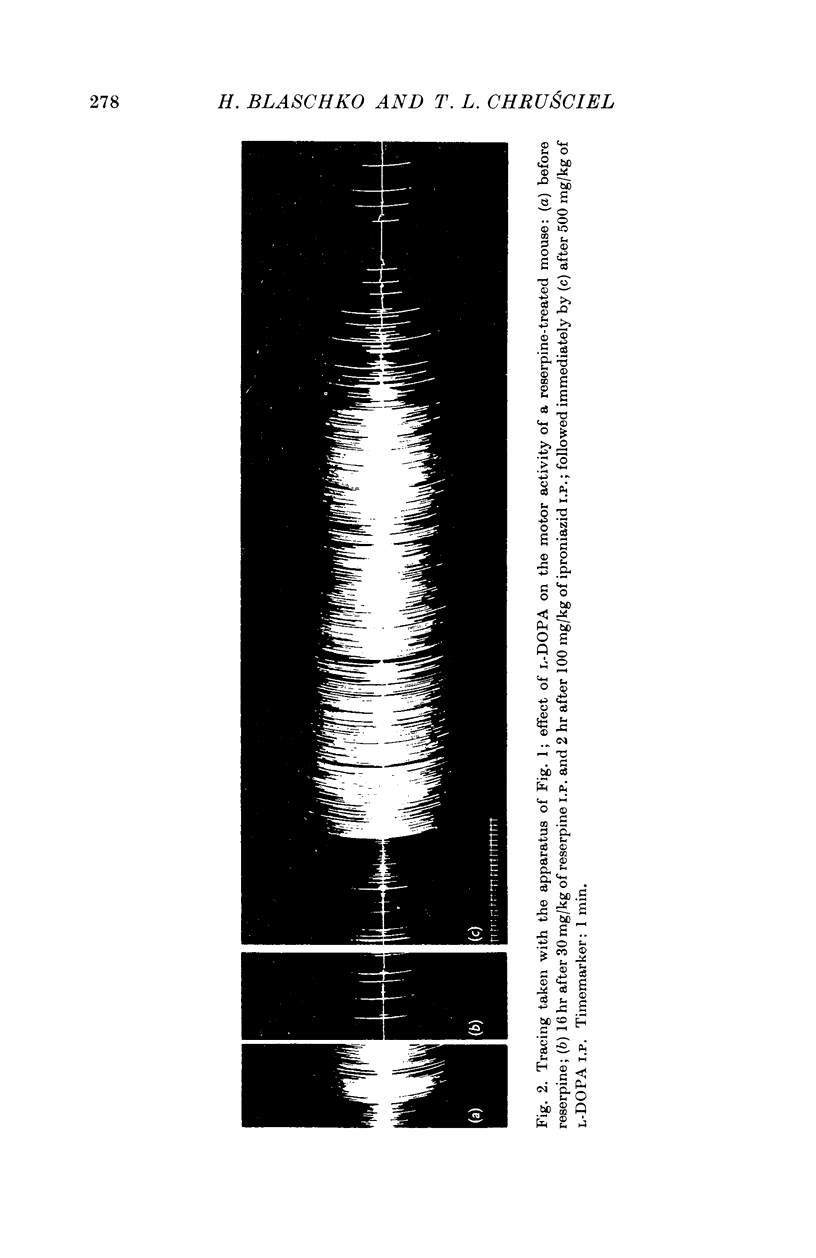
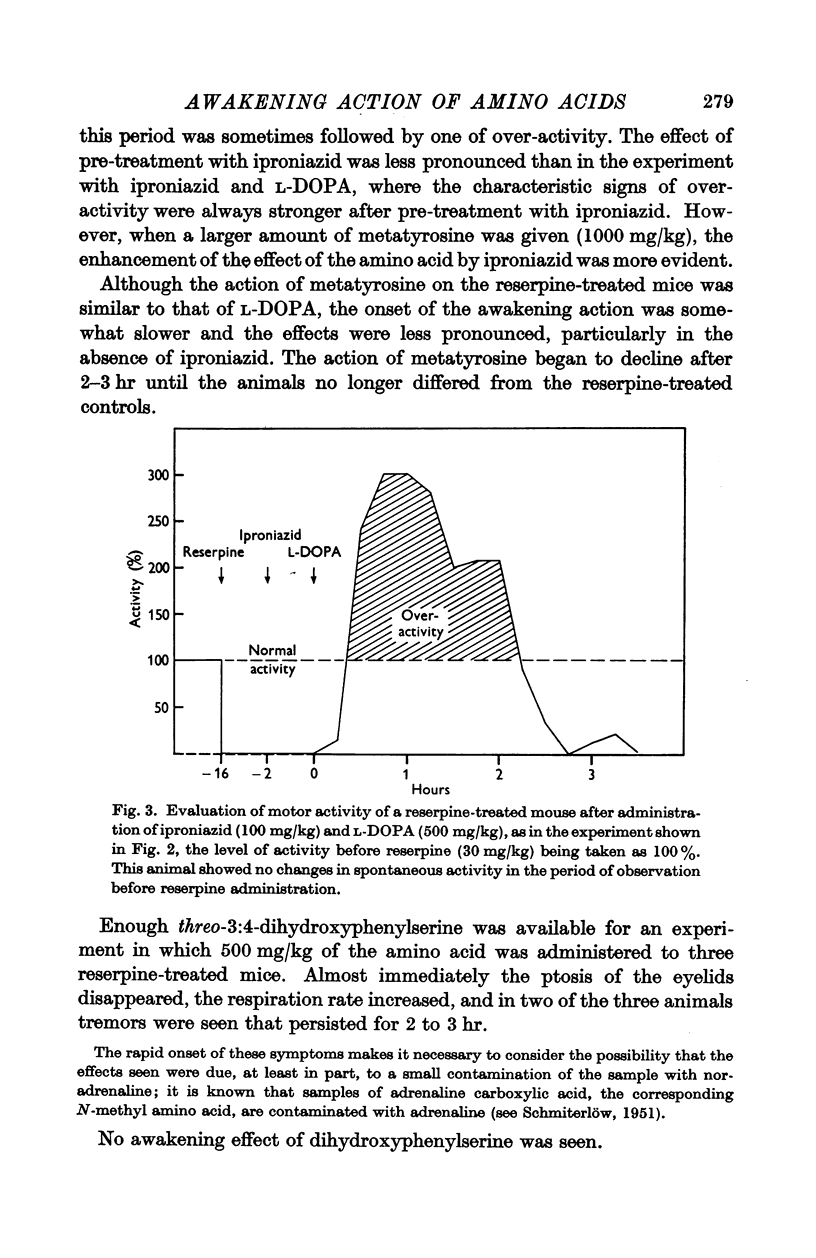
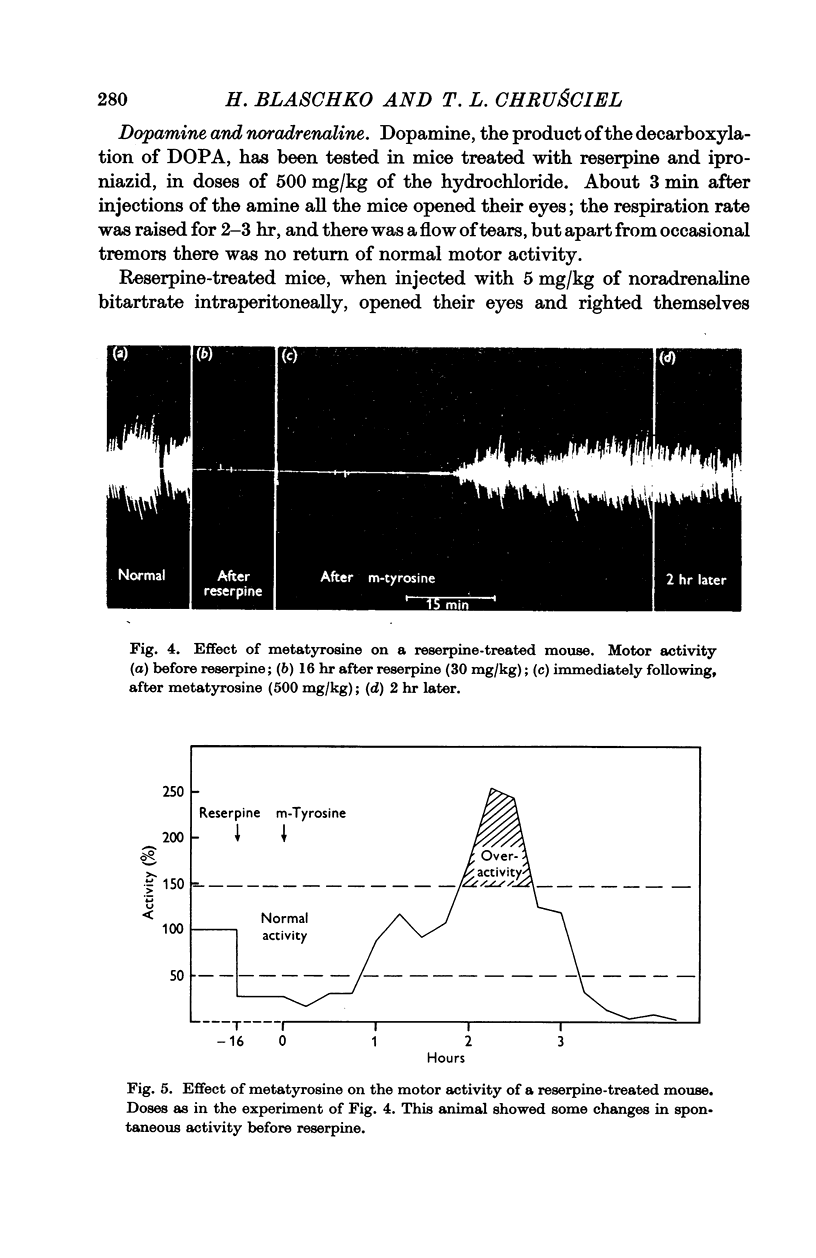
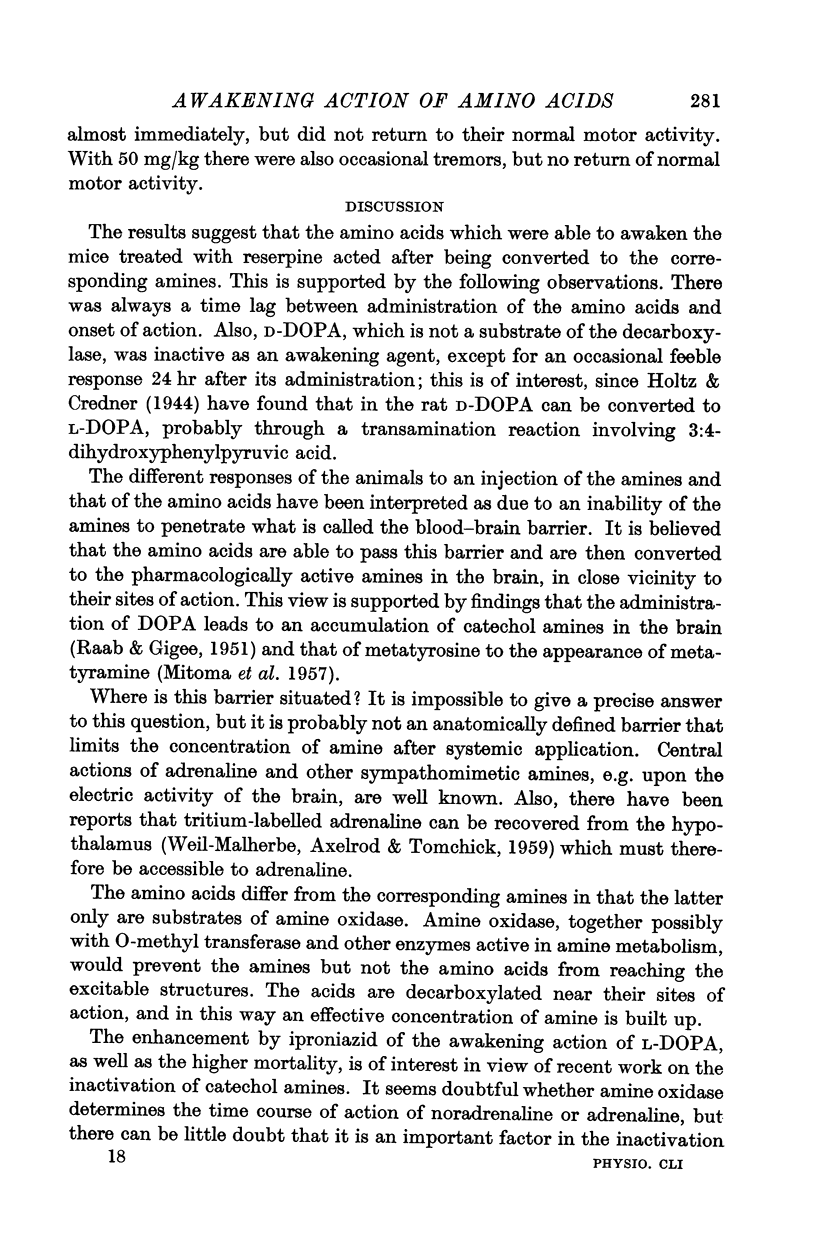
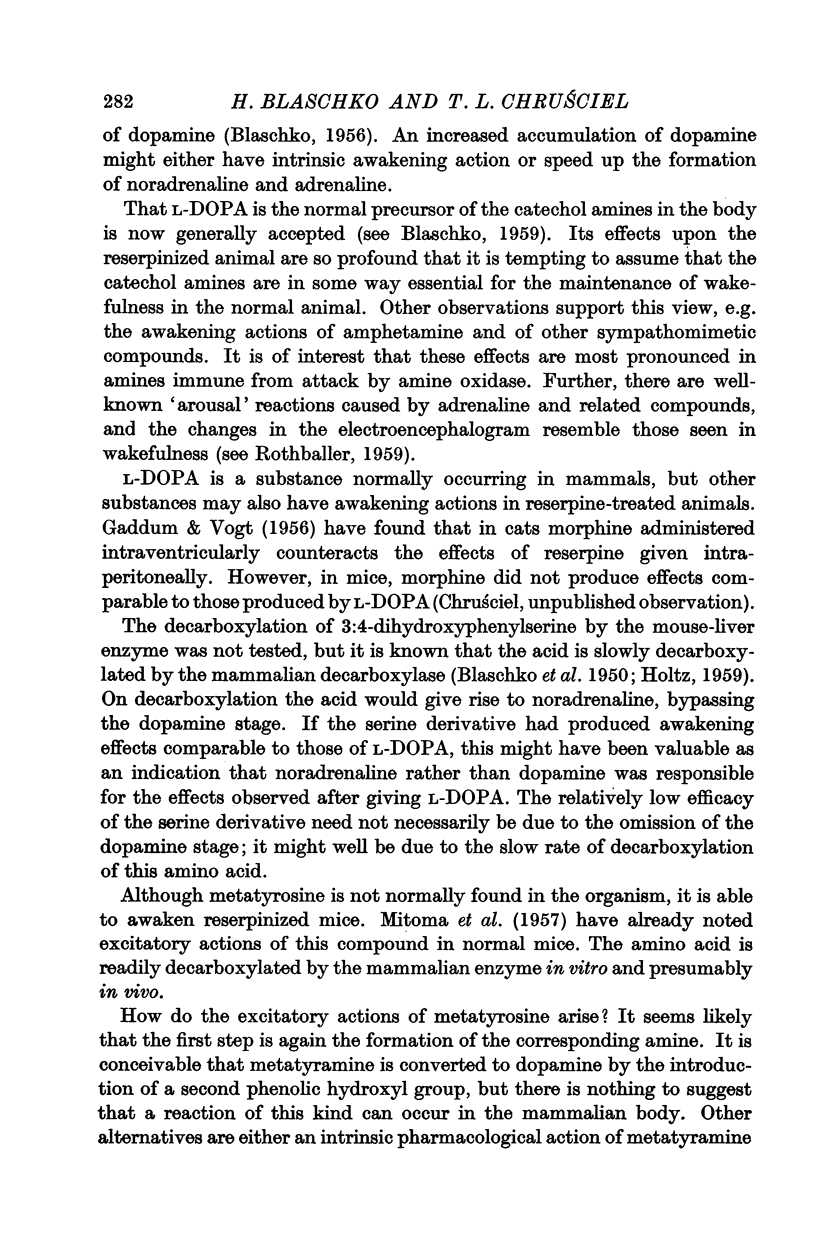
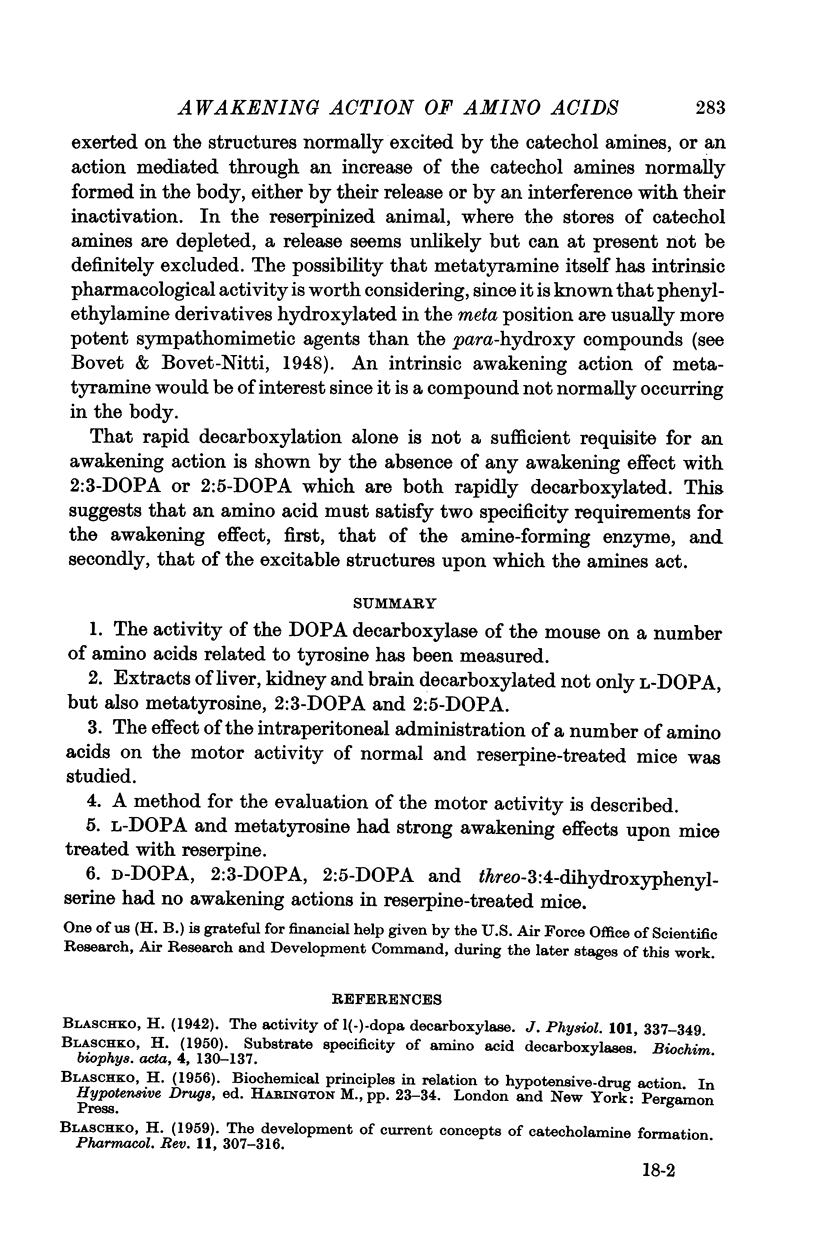
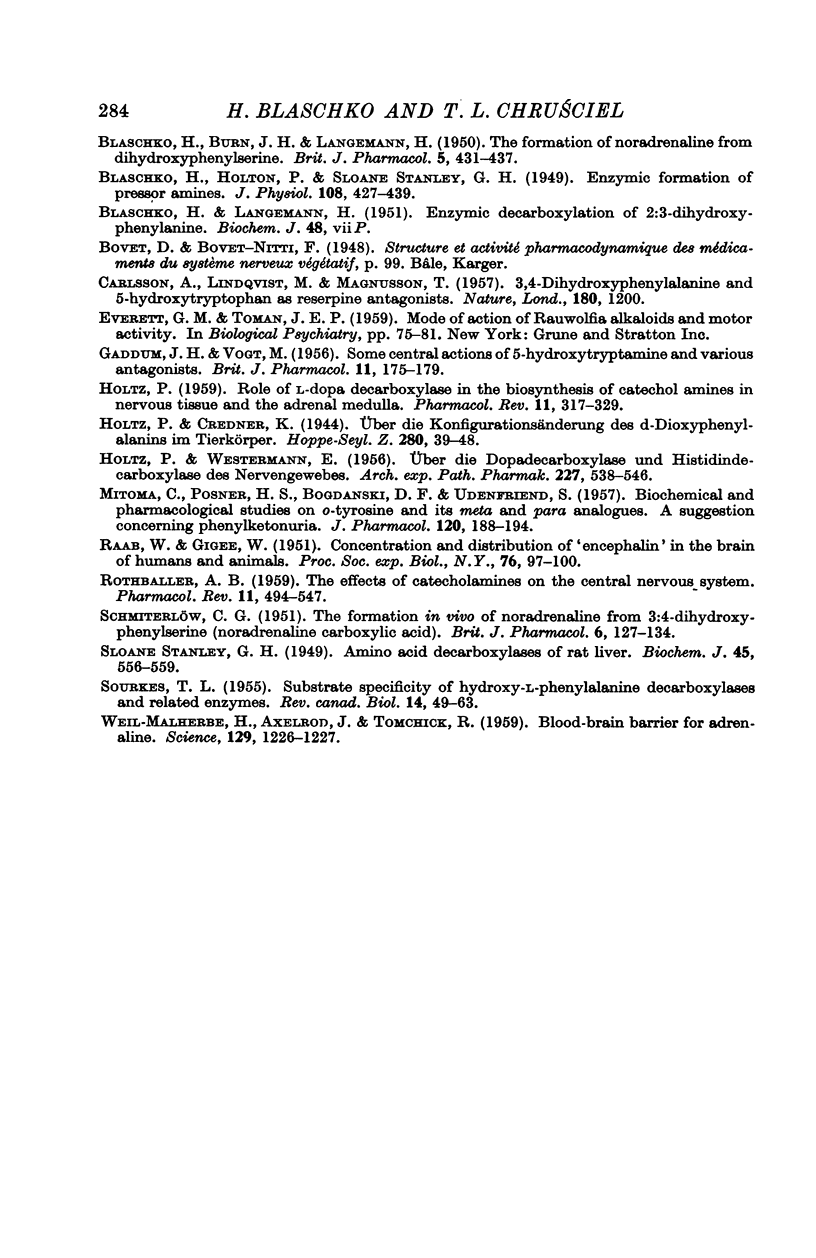
Selected References
These references are in PubMed. This may not be the complete list of references from this article.
- BLASCHKO H., BURN J. H., LANGEMANN H. The formation of noradrenaline from dihydroxyphenylserine. Br J Pharmacol Chemother. 1950 Sep;5(3):431–437. doi: 10.1111/j.1476-5381.1950.tb00593.x. [DOI] [PMC free article] [PubMed] [Google Scholar]
- BLASCHKO H. The development of current concepts of catecholamine formation. Pharmacol Rev. 1959 Jun;11(2 Pt 2):307–316. [PubMed] [Google Scholar]
- Blaschko H., Holton P., Stanley G. H. Enzymic formation of pressor amines. J Physiol. 1949 Jun 15;108(4):427–439. doi: 10.1113/jphysiol.1949.sp004346. [DOI] [PMC free article] [PubMed] [Google Scholar]
- Blaschko H. The activity of l(-)-dopa decarboxylase. J Physiol. 1942 Nov 30;101(3):337–349. doi: 10.1113/jphysiol.1942.sp003988. [DOI] [PMC free article] [PubMed] [Google Scholar]
- CARLSSON A., LINDQVIST M., MAGNUSSON T. 3,4-Dihydroxyphenylalanine and 5-hydroxytryptophan as reserpine antagonists. Nature. 1957 Nov 30;180(4596):1200–1200. doi: 10.1038/1801200a0. [DOI] [PubMed] [Google Scholar]
- GADDUM J. H., VOGT M. Some central actions of 5-hydroxytryptamine and various antagonists. Br J Pharmacol Chemother. 1956 Jun;11(2):175–179. doi: 10.1111/j.1476-5381.1956.tb01049.x. [DOI] [PMC free article] [PubMed] [Google Scholar]
- HOLTZ P. Role of L-DOPA decarboxylase in the biosynthesis of catecholamines in nervous tissue and the adrenal medulla. Pharmacol Rev. 1959 Jun;11(2 Pt 2):317–329. [PubMed] [Google Scholar]
- HOLTZ P., WESTERMANN E. Uber die Dopadecarboxylase und Histidindecarboxylase des Nervengewebes. Naunyn Schmiedebergs Arch Exp Pathol Pharmakol. 1956;227(6):538–546. [PubMed] [Google Scholar]
- MITOMA C., POSNER H. S., BOGDANSKI D. F., UDENFRIEND S. Biochemical and pharmacological studies on o-tyrosine and its meta and para analogues; a suggestion concerning phenylketonuria. J Pharmacol Exp Ther. 1957 Jun;120(2):188–194. [PubMed] [Google Scholar]
- RAAB W., GIGEE W. Concentration and distribution of "encephalin" in the brain of humans and animals. Proc Soc Exp Biol Med. 1951 Jan;76(1):97–100. doi: 10.3181/00379727-76-18398. [DOI] [PubMed] [Google Scholar]
- ROTHBALLER A. B. The effects of catecholamines on the central nervous system. Pharmacol Rev. 1959 Jun;11(2 Pt 2):494–547. [PubMed] [Google Scholar]
- SCHMITERLOW C. G. The formation in vivo of noradrenaline from 3:4-dihydroxyphenylserine (noradrenaline carboxylic acid). Br J Pharmacol Chemother. 1951 Mar;6(1):127–134. doi: 10.1111/j.1476-5381.1951.tb00628.x. [DOI] [PMC free article] [PubMed] [Google Scholar]
- SLOANE-STANLEY G. H. Amino acid decarboxylases of rat liver. Biochem J. 1949;45(5):556–559. doi: 10.1042/bj0450556. [DOI] [PMC free article] [PubMed] [Google Scholar]
- SOURKES T. L. Substrate specificity of hydroxy-l-phenyl-alanine decarboxylases and related enzymes. Rev Can Biol. 1955 Mar;14(1):49–63. [PubMed] [Google Scholar]
- WEIL-MALHERBE H., AXELROD J., TOMCHICK R. Blood-brain barrier for adrenaline. Science. 1959 May 1;129(3357):1226–1227. doi: 10.1126/science.129.3357.1226. [DOI] [PubMed] [Google Scholar]


